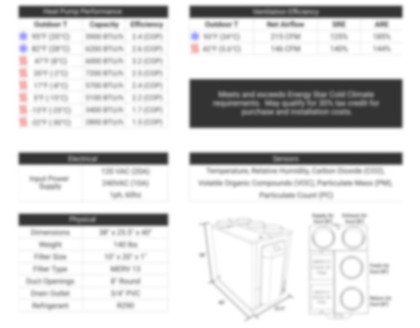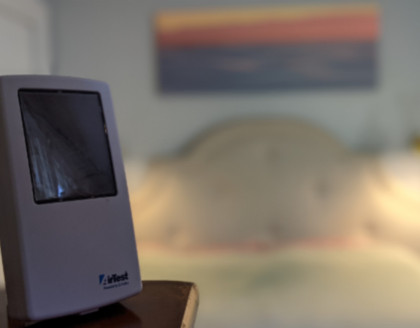Part 2 of our Handling Humidity report series examines the variation of weather conditions on an average monthly basis and on an hourly basis for several regions in the lower 48 states. Climate variations change systematically across the country. Part 3, to be released in October, explores the methods we have available for managing moisture in our homes, followed by November’s release of Part 4 in which we put everything together with whole house simulations that provide us with perspective on moisture management energy in relation to energy needed for other house operations.
We’ve been measuring humidity for a long time with many methods. Humidity is critical to our comfort and well-being, and for many other reasons such as food preservation, manufacturing quality control, corrosion, etc. Figure 1 shows a few ways humidity has been measured over the past century; purely mechanical, electro-mechanical, and today’s micro-electronic methods.
Question: What is the average relative humidity for the “lower 48” of the US?
The answer is surprisingly simple. 70%.
The average relative humidity for most of the lower 48 states during winter, spring, summer and fall ranges between 60% and 80% relative humidity.
Exceptions are the arid regions of the southwest, from west Texas across New Mexico, Arizona and into California, and the arid intermountain regions. The southern tier of the arid southwest is characterized by mostly low relative humidity with a late summer/early fall “monsoon” season with elevated humidity. Moving north through the intermountain regions, humidity is low throughout the year without a noticeable monsoon season.
Relative humidity is relative. 70% relative humidity indicates that air is holding 70% of air’s maximum water vapor amount for the associated temperature. The maximum amount of water that air can hold is very dependent on temperature. Air at 50F can hold twice as much water as air at 32F. Air at 70F holds nearly twice as much water vapor as air at 50F. And, air at 90F holds almost twice as much water as air at 70F! The rapid increase of moisture absorption in air with increasing temperature is a major concern with increasing global temperatures. More water in the atmosphere means significant increases in atmospheric energy dissipated through dangerous and destructive weather events.
Even though average relative humidity does not vary much over the course of a year for much of North America, the amount of water varies a lot because of large temperature variations throughout the year and across the country. Our Part 2 report expands our example introduced in Part 1 in which we investigate moisture characteristics of homes built by Contractors Loose, Tight, and Smart in Miami, Phoenix, and Urbana.
The conclusion of the example is simple: Build tight and ventilate smart!
Check out Part 3 of the Handling Humidity Series: Methods for Managing Moisture

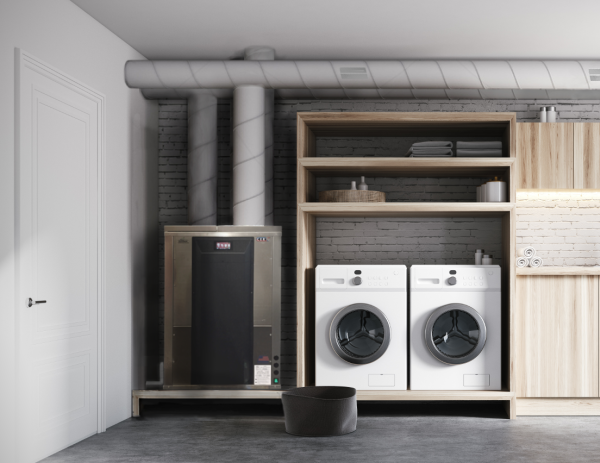



 View Executive Summary
View Executive Summary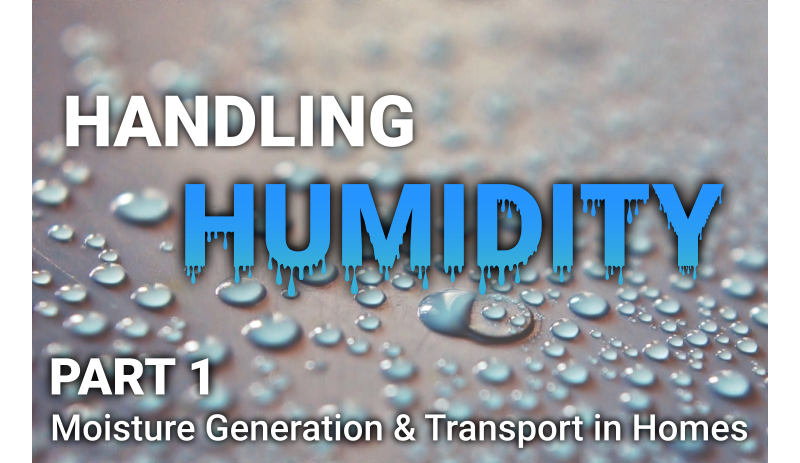 View Report
View Report View Report
View Report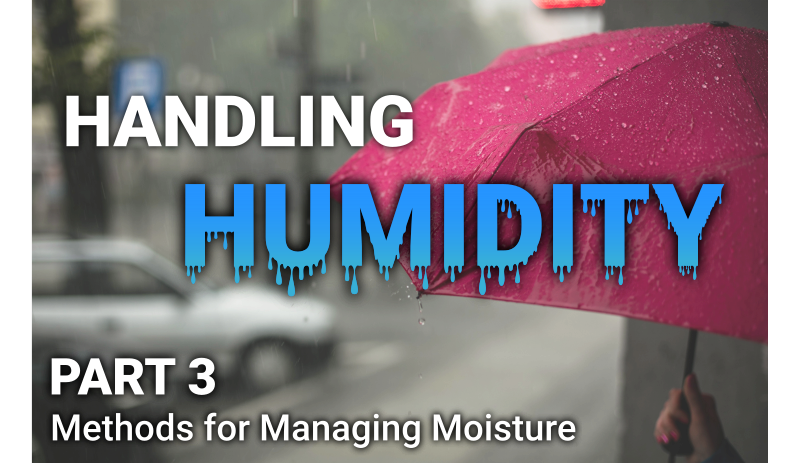 View Report
View Report View Report
View Report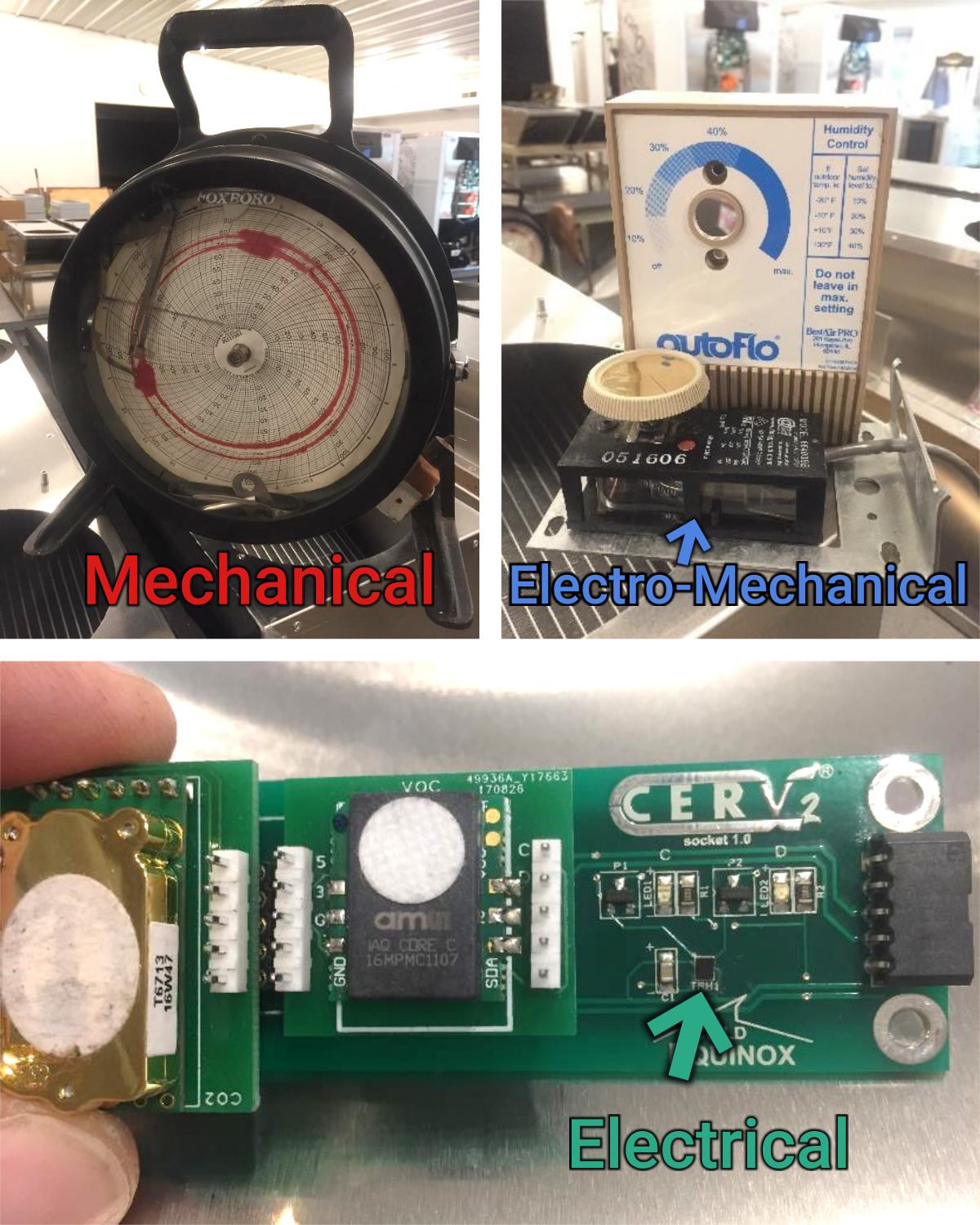 Figure 1: We’ve measured humidity with many different methods for many years. Above is an early 20th century, Foxboro clock windup key humidity chart recorder; a late 20th century electromechanical humidity switch; and today’s technology based on micro-electronic sensors. The Foxboro operated with strands of horse hair that change length with relative humidity. The humidity switch uses a strip of thin polymer that changes length with humidity, pulling a switch closed which can then trigger a dehumidifier. The sensor stack for our CERV2 ventilation system uses an electronic component (see green arrow) with a moisture sensitive element (note that the same sensor also provide temperature) that provides a digital output to the CERV2 controller.
Figure 1: We’ve measured humidity with many different methods for many years. Above is an early 20th century, Foxboro clock windup key humidity chart recorder; a late 20th century electromechanical humidity switch; and today’s technology based on micro-electronic sensors. The Foxboro operated with strands of horse hair that change length with relative humidity. The humidity switch uses a strip of thin polymer that changes length with humidity, pulling a switch closed which can then trigger a dehumidifier. The sensor stack for our CERV2 ventilation system uses an electronic component (see green arrow) with a moisture sensitive element (note that the same sensor also provide temperature) that provides a digital output to the CERV2 controller.
